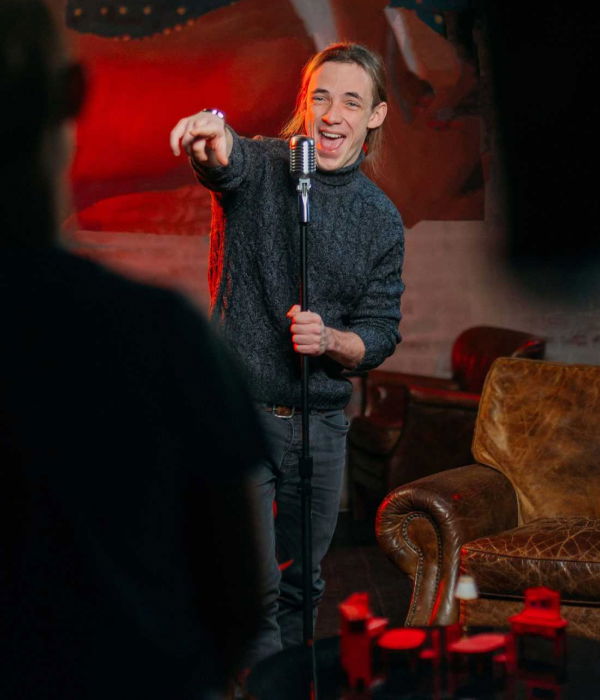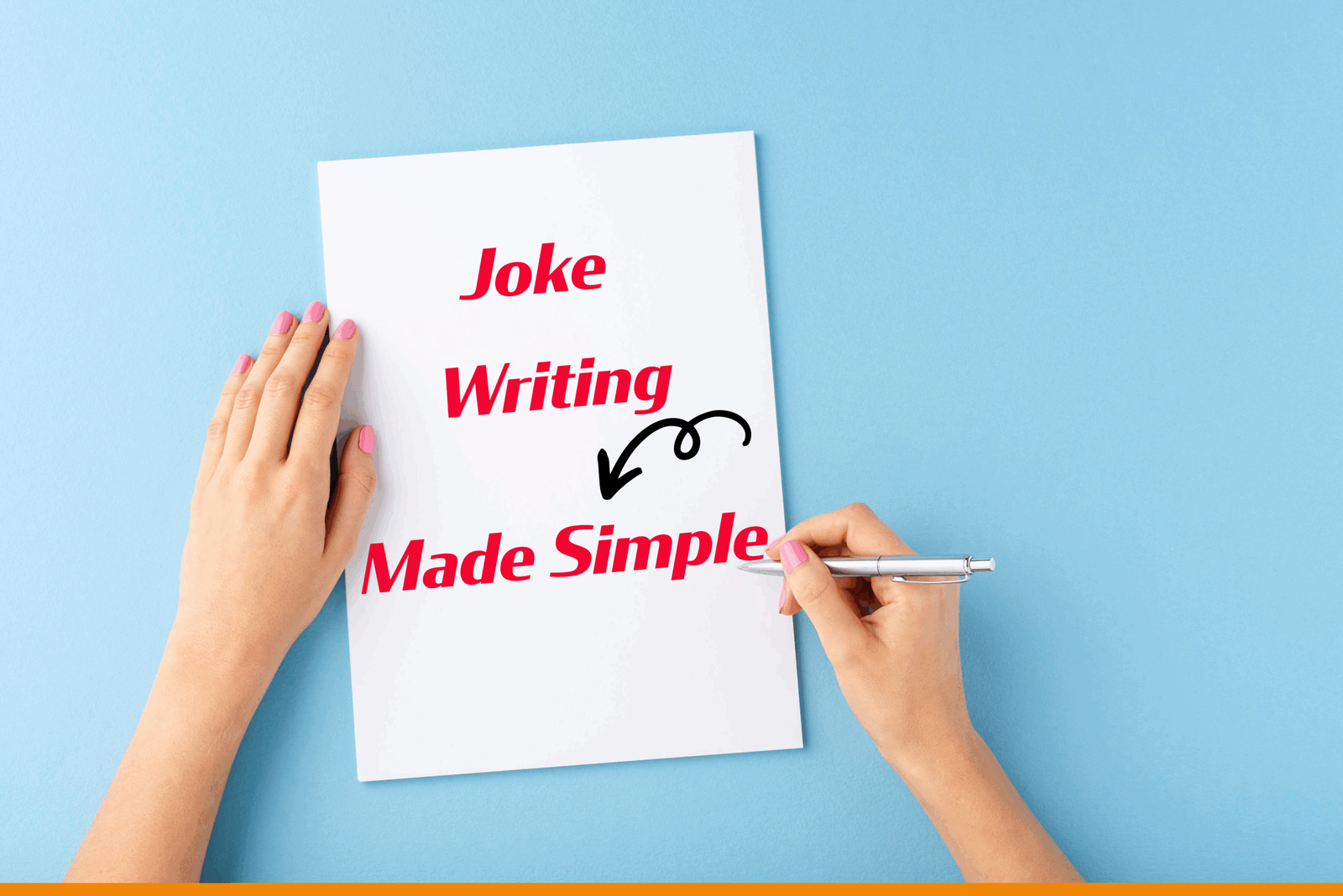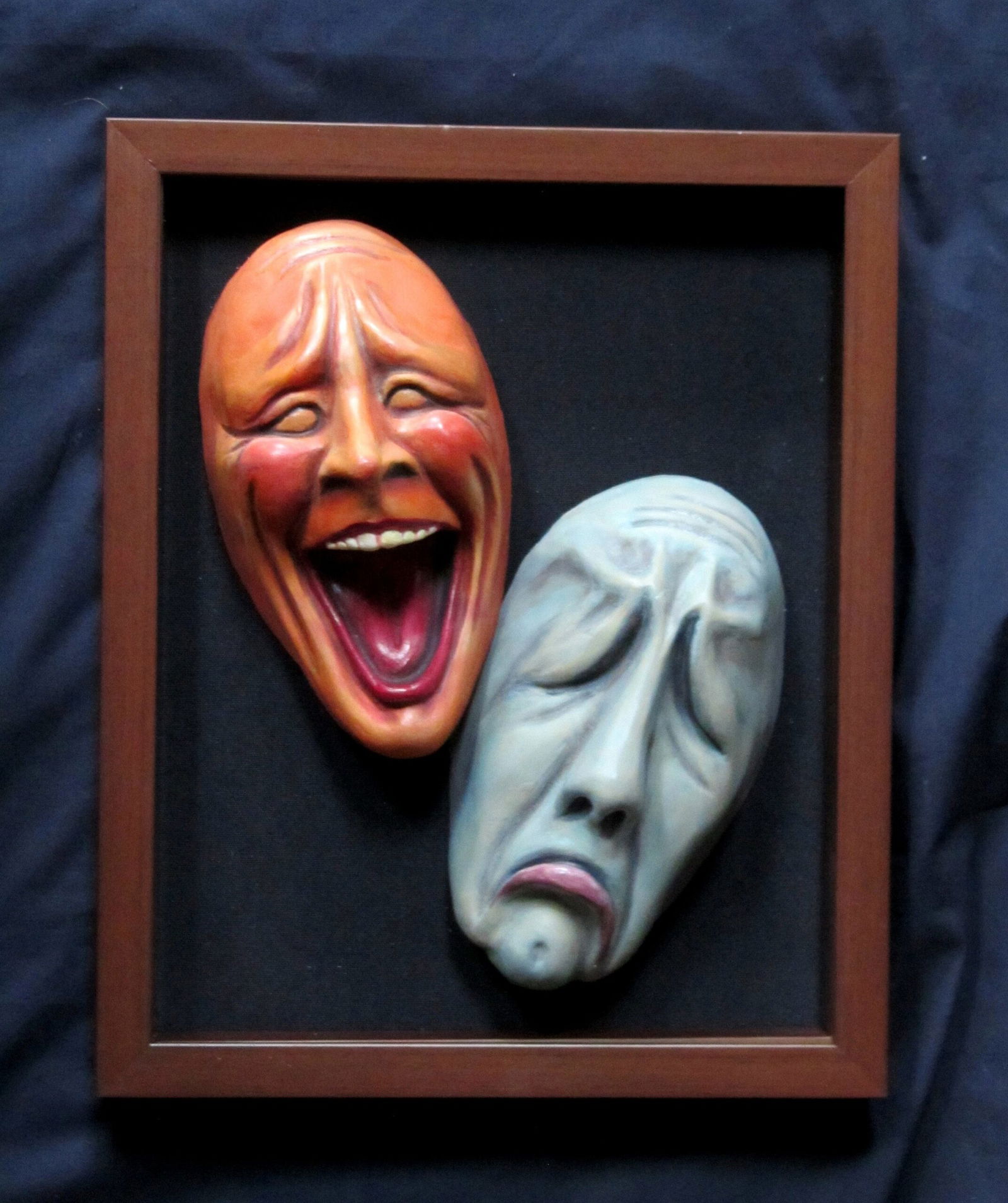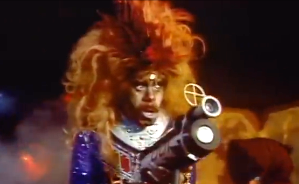Make Funny Jokes Funnier Series

Better Punchlines are Negative – Tip 5, shows how stand-up comedians increase the pain within jokes to get bigger laughs. This is another skill to practice as you write and rewrite your comedy routines with strong punchlines.
Table of Contents
We laugh at someone else’s pain, so if we can ratchet up the pain, it’s more likely to have strong punchlines which can get bigger laughs because the negative consequences are more intense.
Here’s a joke by my student Aaron Thompson who was a police officer when he took my classes. Since, he’s transitioned into a full-time comedian.

Here’s how he learned to have strong punchlines Aaron: “I was on a walking patrol when a drug addict ran up to me.”
Addict: “Officer, stop that man.”
Aaron: “Why?”
Addict: “He stole my drugs.” (laugh)
Aaron: “Where’d you get them?”
Addict: “It was a present.” (laugh)
Aaron: “From who?”
Addict: “My drug dealer.” (laugh)The stand-up comedy routine was already getting laughs by acting out the scene and playing the character. I made a note, so when Aaron sat back down, I gave him kudos for writing a funny bit. Then I used I taught him that strong punchlines are more negative.
I pointed out the specific places in the funny story where he might strong punchlines to push the laughs by finding more negative consequences.
Addict: “My drug dealer.“
Again, a really good laugh, but I wanted to see if we could bump it up a bit. This took a bit longer as we went through, “wife, grandmother, priest, doctor,” and more, until Jake Gallo said, “His AA sponsor.” The class went into a fit of laughter for a minute or so. That was so ironic and terrible which help make strong punchlines, it was perfect.Here’s the rewrite:
Aaron: “I was on a walking patrol when a drug addict ran up to me.”
Addict: “Officer, stop that man.”
Aaron: “Why?”
Addict: “He stole my crack.” (laugh)
Aaron: “Where’d you get it?”
Addict: “It’s a baby shower gift.” (laugh)
Aaron: “From who?”
Addict: “My sponsor.” (laugh)\
All three of these examples are basically the same jokes, yet they got more robust laughs when performed. Not an accident, but the willful construction of strong punchlines to make a funnier stand-up comedy routine by simply using this technique.
My job as a stand-up comedy teacher was to point out this joke writing technique to show everyone in the joke writing portion of my class how to punch-up the jokes of this funny story.
BTW this is a common occurrence in my stand-up comedy classes as I often use this technique to make strong punchlines get better laughs.
Comedy Writing Practice:
Search your jokes and routines to find circumstances that can be given more negative results to create strong punchlines. Sift through the wording of every sentence to uncover that moment that could explode into a much bigger laugh just by making it more negative. Same basic jokes with bigger laughs.
Previously in this series you learned Short Setups and Punchlines – Tip 1, and the reasons for keeping jokes concise.
In End Punchlines with the Reveal – Tip 2, shows how to identify the Reveal of the punchline and place it at the end, so you don’t diminish the laughter by stepping on it.
From Use K-Words to Improve Punchlines – Tip3, you learned substituting softer sounding words or phrases with K-words make punchlines get better laughs.
With Localize Stand Up Comedy Routines – Tip 4, you were taught to place local people, places, and events in your stand-up comedy show can turn good stand up comedy routines into great stand up comedy routines.
In this article, Better Punchlines are Negative – Tip 5, you learn to search for the aspects of jokes you can add more negative consequences to to get more laughter from the same stand-up comedy routine.
In the next joke writing article, Best to Put Puns in Joke Setups – Tip 6 , you’ll learn how to turn puns that get groans into stand-up comedy jokes that get big laughs.
Greg Dean’s Stand-Up Comedy Classes
Greg teaches his techniques in two classes. Level 1 – How to Build a Stand Up Comedy Routine is the beginning class (also called the “101 class”) that teaches you everything you need to know to build and perform a stand-up comedy routine. Level 2: Writing & Performing at the Improv (also known as the “201 class”) guilds you through the process of building a routine and preparing to perform at one of the world’s most prestigious comedy clubs.
Even though these classes are named a beginning and advanced, they are actually classes that stand up comedians of any number of years of experience can take. They are beginning and advanced in the Greg Dean system. If you’re interested in faster and better ways to create good jokes and you want to dive deeper on joke writing then you’ll want to take both of these classes.
Free On Demand Webinar: How to Build a Stand Up Comedy Routine

Are you ready to fast-track your stand-up comedy career? In this on-demand webinar, discover proven techniques and skills that can shave years off your journey to success! Learn how the pros build a compelling and hilarious stand-up routine with expert guidance. Don’t miss out on this chance to see how you can achieve your dreams faster.










